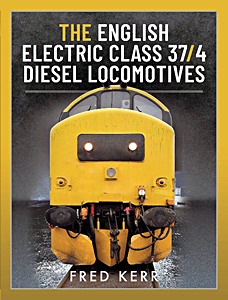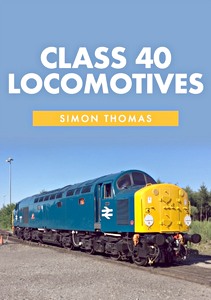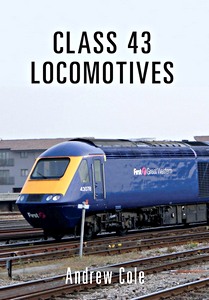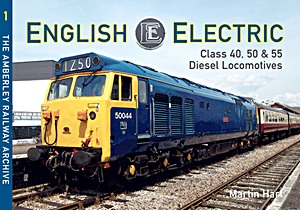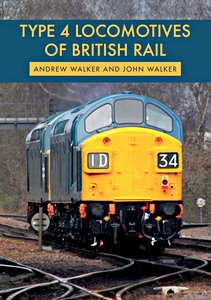Class 37 Locomotives
Well-proportioned, versatile, aesthetic, durable - the English Electric Class 37, the great survivor of the modernisation-plan diesel fleet, deserves all of these accolades and more.
Never as celebrated as the Deltics, never as idolised as the Westerns, always intended to be a workhorse; this is the locomotive that has, in many ways, surpassed its more illustrious peers as an example of all that is best in motive power design and engineering.
This pictorial collection contains nearly 200 photographs of one of the best loved of diesel types, compiled by Andrew Walker with contributions from other photographers who, like him, have always been drawn to these great British locomotives.
The Class 37s always roamed far and wide over the national network, and this book covers locations ranging from the Scottish Highlands to South Wales, showing the 37s on freight and passenger duties, at depots and in works.
Showcasing images from the 1970s through to the present day, the book provides detailed captions with in-depth technical specifications and information on the individual locos, their history and operation in traffic, and features many of the class variants and their liveries over the decades.
Product details
| Author: | Andrew Walker, John Walker, Vaughan Hellam |
|---|---|
| Details: | 96 pages, 9.25 x 6.5 in (23.5 x 16.5 cm), paperback |
| Illustrations: | 180 b&w and color photos |
| Publisher: | Amberley Publishing (GB, 2016) |
| ISBN: | 9781445657370 |
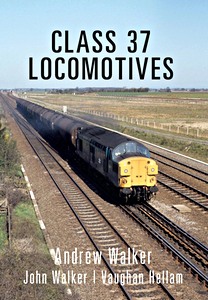
Class 37 Locomotives
Language: English
Available on Amazon - safe payment and fast delivery
Buy on Amazon.comBuy on Amazon UK
Buy on Amazon CA

